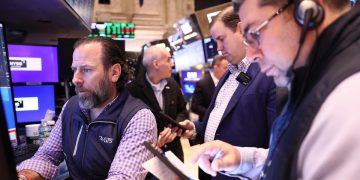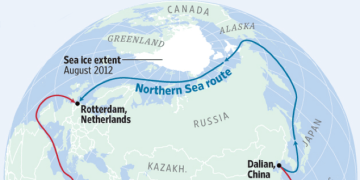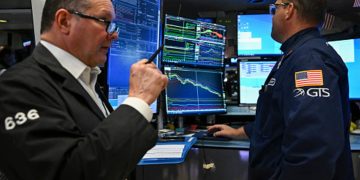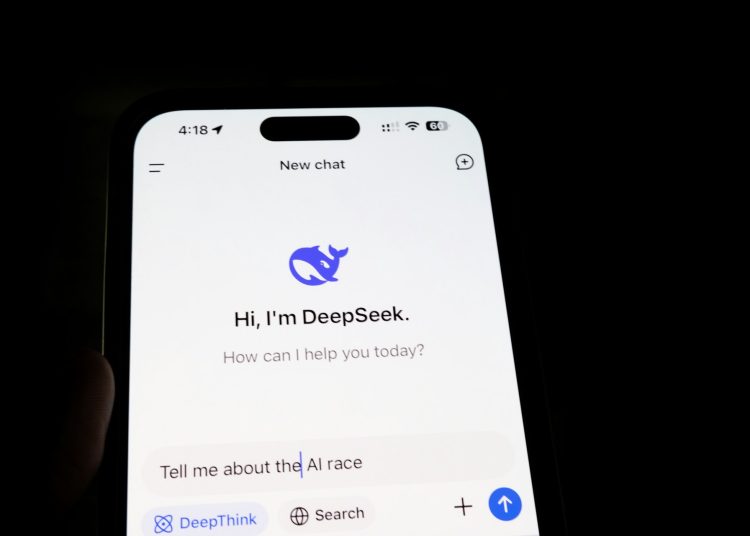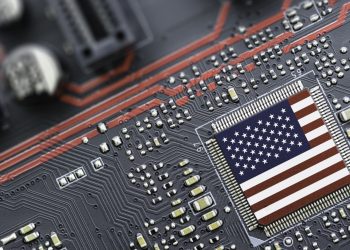
It shouldn’t have come as a complete shock.
US tech stocks, especially chipmaker Nvidia, plunged on Monday after news that the small China-based company DeepSeek had achieved a dramatic and reportedly inexpensive advance in artificial intelligence. But the step forward for China’s AI industry was in fact foreseeable.
It was foreseeable from ASPI’s Critical Technology Tracker, which was launched in early 2023 and which in its latest update monitors high-impact research (measured as the 10 percent most highly cited publications) over two decades across 64 technologies, including machine learning and natural language processing (NLP).
While high-impact research isn’t the full picture, it is a leading indicator of scientific innovation right at the beginning of the lifecycle of a technology. As we argued in our August 2024 update, scientific innovation needs to be nurtured through every step of the lifecycle, notably through commercialisation for economic gain.
The two-decade Critical Technology Tracker report showed that China’s consistent investments in science and technology were paying off, with steady gains in its global share of high-impact publications in machine learning over the previous two decades. In this ascent, China overtook the United States in their yearly global share of highly cited publications in 2017.
ASPI has shown that between 2019 and 2023, 36.5 percent of high impact research in this field was published by…

